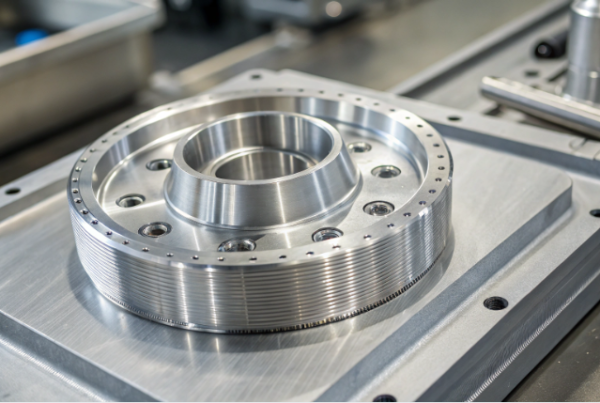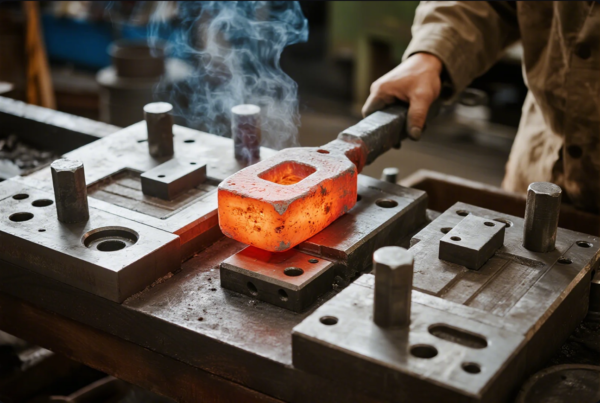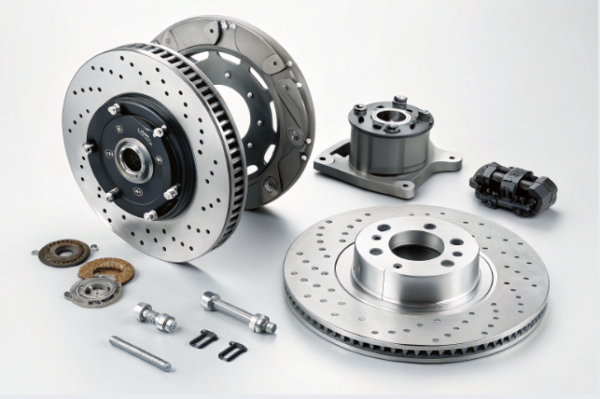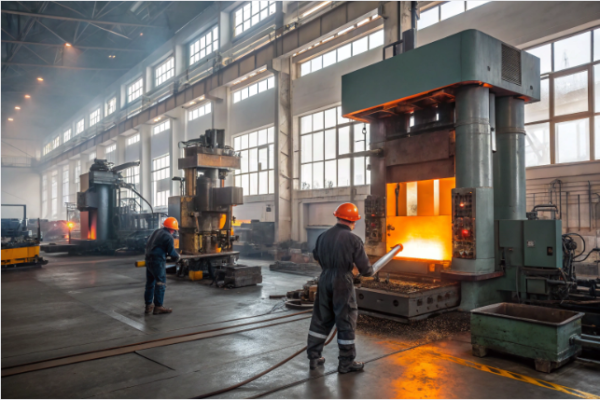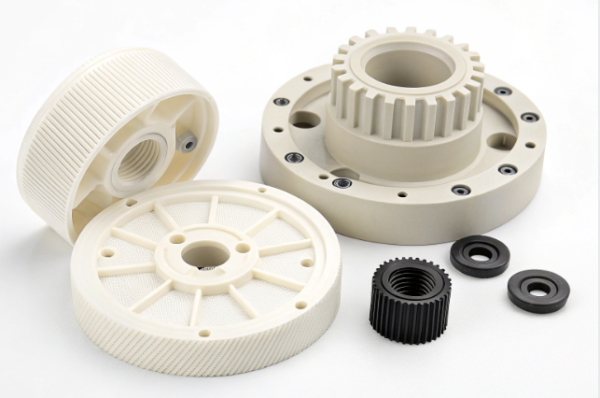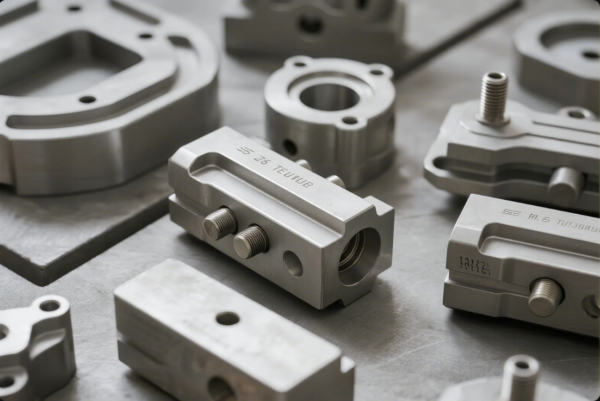Why is injection molding used?
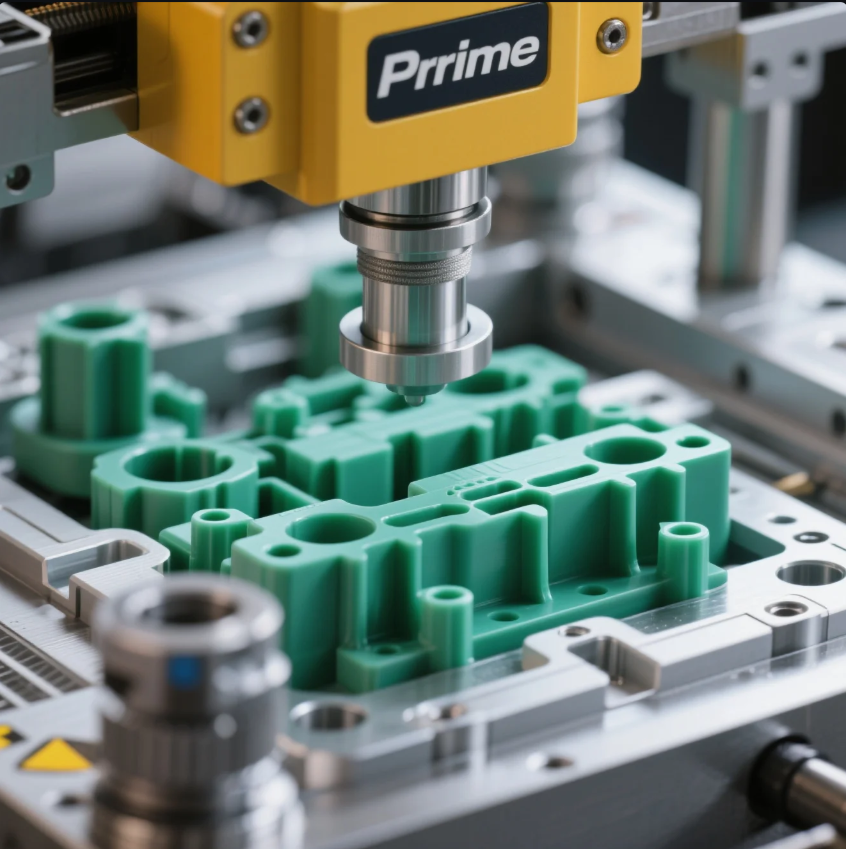
Struggling to choose the right process for manufacturing high-precision plastic components?
Injection molding enables manufacturers to produce complex plastic parts rapidly, with excellent surface quality and high repeatability. It supports a wide range of materials and applications, making it essential for modern industrial production.
When sourcing custom plastic parts, understanding the real value behind injection molding helps buyers make smarter decisions. From consumer electronics to automotive systems, companies depend on this method to lower cost, improve product reliability, and meet global quality standards.
Why do manufacturers rely on injection molding?
Manufacturers around the world choose this process not by chance, but because it delivers predictable results at scale.
This method makes it possible to create thousands of identical parts within short cycles, ensuring design integrity, structural consistency, and low per-unit cost.
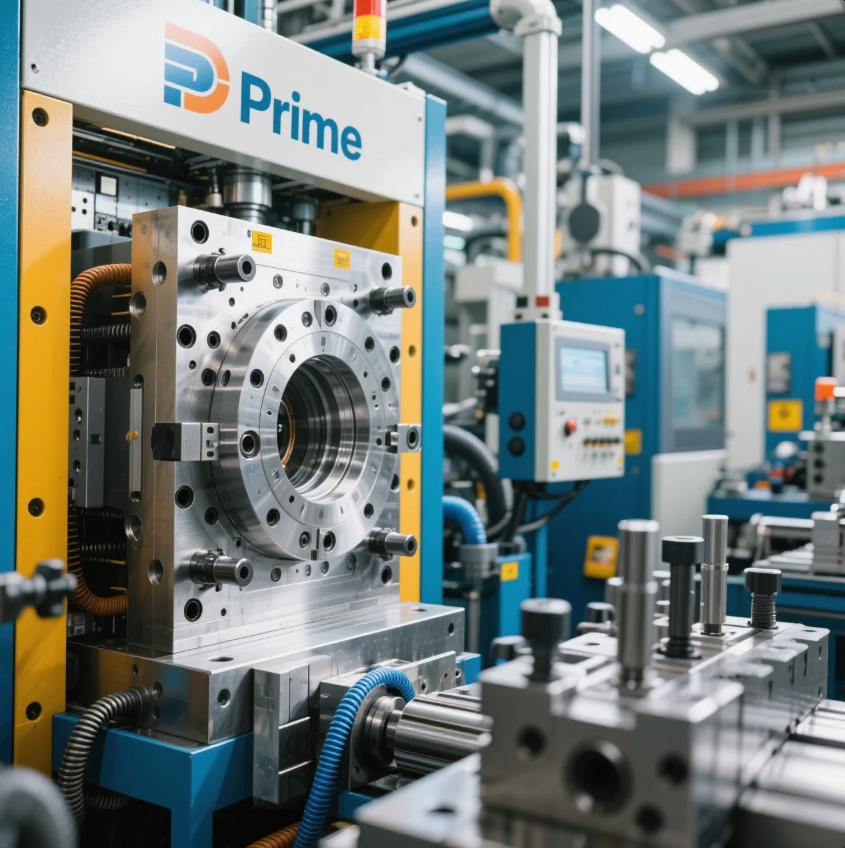
Practical Use Cases Across Industries
Whether you’re in consumer goods, medical equipment, or automotive manufacturing, plastic components must meet precise requirements. Injection molding solves several common challenges:
- Reduces unit cost in mass production
- Maintains tight tolerances across millions of parts
- Supports overmolding, insert molding, and multi-material components
- Handles complex shapes, threads, and undercuts
For example, at Prime, we help clients design enclosures for industrial sensors that require tight assembly fits, UV-resistant plastics, and surface textures—all achievable through injection technology.
Explore Prime’s injection molding capabilities →
What goals does the injection molding process achieve?
This isn’t just about shaping plastic—it’s about aligning your production goals with the right manufacturing strategy.
The primary goal is to deliver strong, durable plastic parts with repeatable quality and design freedom, while reducing labor dependency and waste.
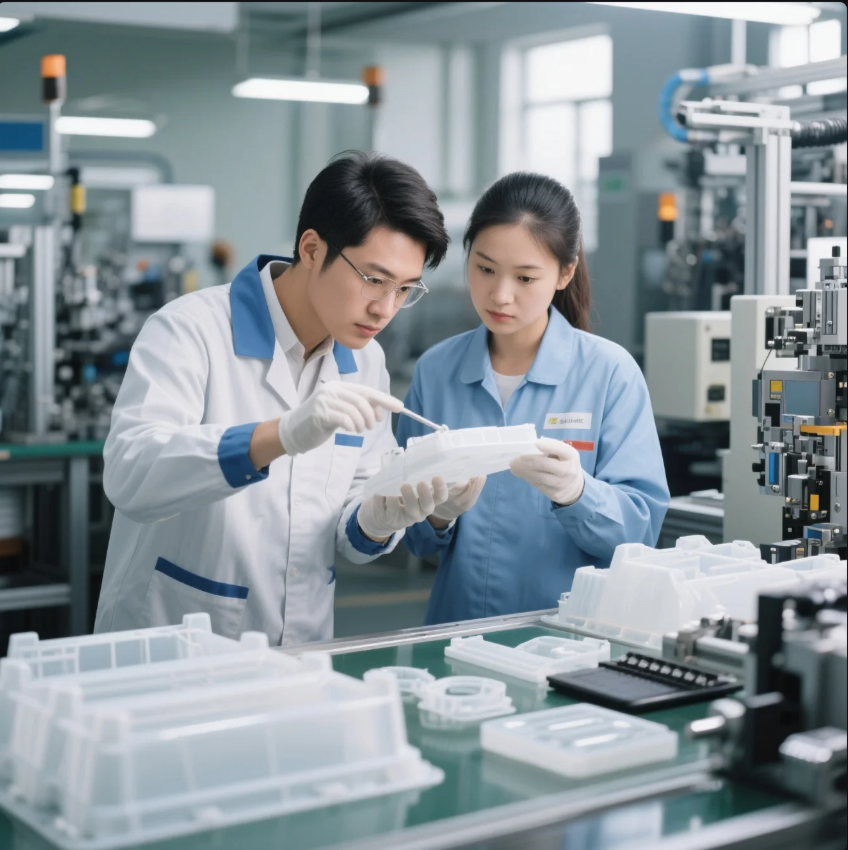
Meeting Industrial Demands with Precision
Today’s industrial clients face rising expectations for:
- Fast delivery without compromising on quality
- Stable performance even in harsh conditions
- Efficient production with traceable quality control
- Sustainable and recyclable plastic material options
At Prime, we’ve designed thousands of custom plastic parts using this method to meet diverse industry needs. From flame-retardant electronics casings to FDA-compliant food-grade parts, we help clients achieve their technical and regulatory goals.
Learn how Prime ensures consistent quality →
What is the biggest benefit of injection molding in production?
Among all its strengths, cost-efficiency over large volumes stands out.
Once the mold is built, every additional part can be made in seconds, drastically reducing production costs and enabling economies of scale.
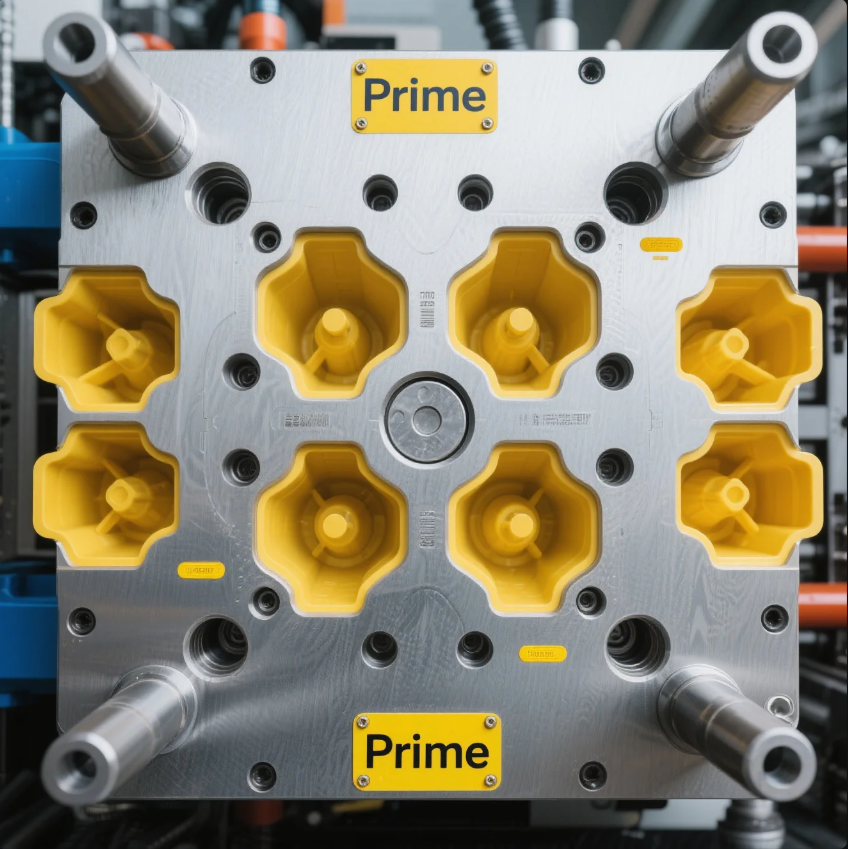
How It Lowers Your Manufacturing Costs
| Factor | Advantage |
|---|---|
| Cycle time | 5–60 seconds depending on part complexity |
| Labor | Mostly automated with minimal human intervention |
| Defect rate | Low with proper mold design and process control |
| Reusability | Scrap plastic can often be recycled and reused |
Compared with CNC machining or casting, this process offers significantly lower long-term cost per part, especially in batches of 10,000 units or more. That’s why so many of our clients at Prime switch from traditional methods to achieve competitive pricing in their markets.
See cost savings examples from Prime customers →
How does injection molding compare to other plastic manufacturing methods?
Choosing the right production process depends on your priorities—speed, surface finish, geometry, volume, or cost. Here’s how injection technology stacks up.
Compared to CNC machining or 3D printing, this process offers superior speed, durability, and surface quality, especially for mid-to-large-scale production runs.
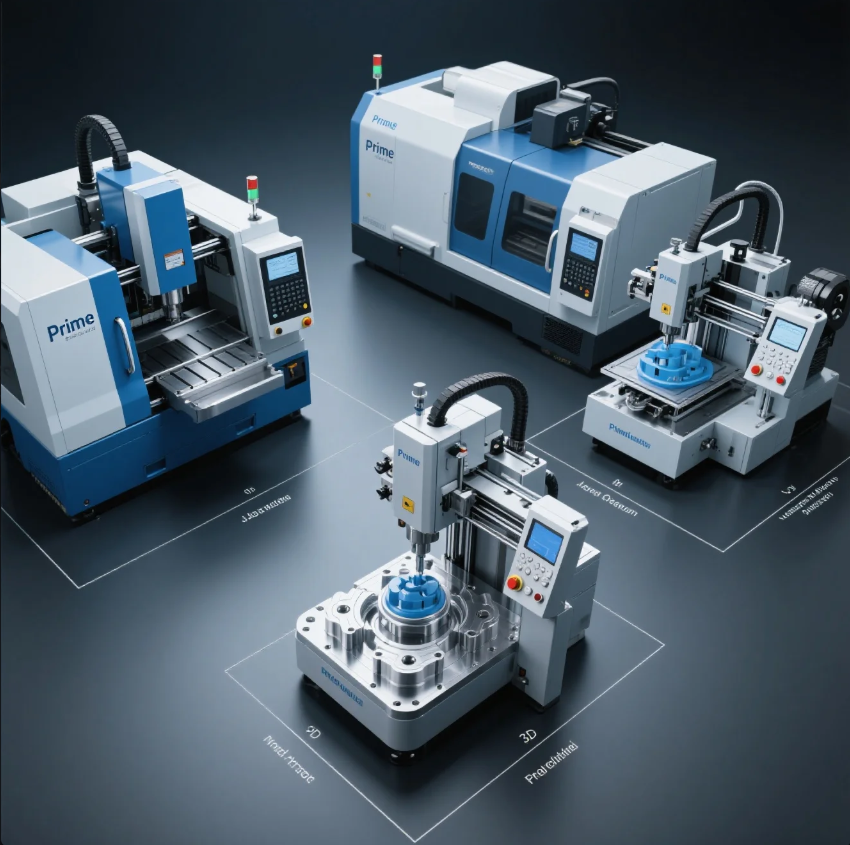
Side-by-Side Process Comparison
| Process | Setup Time | Speed | Surface Finish | Cost Per Part | Use Case |
|---|---|---|---|---|---|
| Injection Molding | High (tooling required) | Very fast | Excellent | Very low (high volume) | Mass production |
| CNC Machining | Low | Slow | Excellent | High | Prototyping or low quantity |
| 3D Printing | Minimal | Very slow | Medium | High | Prototyping, internal use |
Injection molding isn’t the best fit for every scenario—but if you’re producing 1,000 or more identical plastic parts, no other method competes in terms of efficiency or repeatability.
Our team at Prime supports clients from prototype to full-scale production, helping them decide when to invest in mold tooling and how to design for maximum efficiency.
Request a free project review from Prime engineers →
Conclusion
This plastic forming process remains the go-to solution for manufacturers who need precision, speed, and cost control in high-volume production.
Want to improve product quality and reduce part cost?
Get in touch with Prime today at https://primecustomparts.com or https://primecustomparts.com to get a free consultation, pricing quote, and DFM review. We’ll guide you from concept to mold to global delivery—with guaranteed quality and speed.
📧 Email: [email protected]
🌐 Website: https://primecustomparts.com

